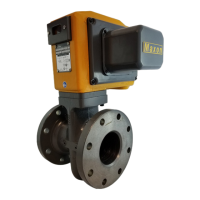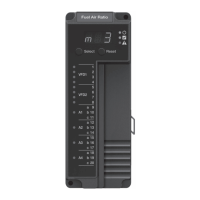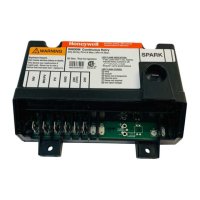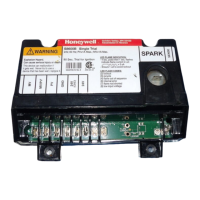SmartPAC Preventive Maintenance Appendix B page 437
(PM) Monitor
SmartPAC 2 with WPC Integration 1126800
Appendix B – SmartPAC Preventive
Maintenance (PM) Monitor (Optional)
This appendix explains how to initialize, set up, and use the features of the SmartPAC PM
Monitor. This appendix serves as an add-on to the chapters in this manual. References will
be made to certain sections. Complete all the steps in each of those sections unless otherwise
noted.
NOTICE
UPGRADING FIRMWARE
If you have a SmartPAC system with AutoSetPAC, you must upgrade the firmware to accept
PM Monitor functionality. Check the version of your AutoSetPAC firmware at "Installed
Options" in the Initialization mode. If you have 2-channel AutoSetPAC and your firmware is
less than vs. 1.26 (or 4-channel AutoSetPAC with firmware less than vs. 1.22), contact
Wintriss Tech Support immediately to receive the correct AutoSetPAC firmware.
About SmartPAC PM Monitor
The SmartPAC PM (Preventative Maintenance) Monitor is an option which allows the
maintenance department to manage its time more effectively. The PM Monitor tracks up to
64 items on the press based on specific usage, rather than merely signaling when a period of
time has passed. Consequently, the entire stamping process is monitored automatically, and
maintenance is alerted only when equipment requires attention.
Comparison with Traditional Preventive Maintenance
Equipment used on or around the press need to be checked at regular intervals, such as daily,
weekly, or number of strokes. Traditional preventive maintenance programs are based upon
elapsed time, and would be adequate if your presses were used in the same way all the time.
However, with just-in-time manufacturing, shorter job runs, and more tool changes, presses
and auxiliary equipment must frequently change the way that they operate. Each change
results in varying degrees of wear and tear on the machinery. As a result, traditional PM
programs are not the most effective way to handle these kinds of variations.
Here is an example. A traditional PM program may alert maintenance to inspect a press's
braking system every three months. During that time, the press is idle or running a
continuous coil-fed job, and the brake experiences minimal wear. As a result, any time spent
checking the brake will be wasted. On the other hand, if the press were running a hand-fed
job in the single stroke mode, the many starts and stops of the machine will have caused
greater-than-normal brake wear, and three months may be too long to wait between
inspections.
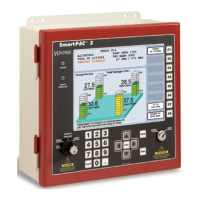
